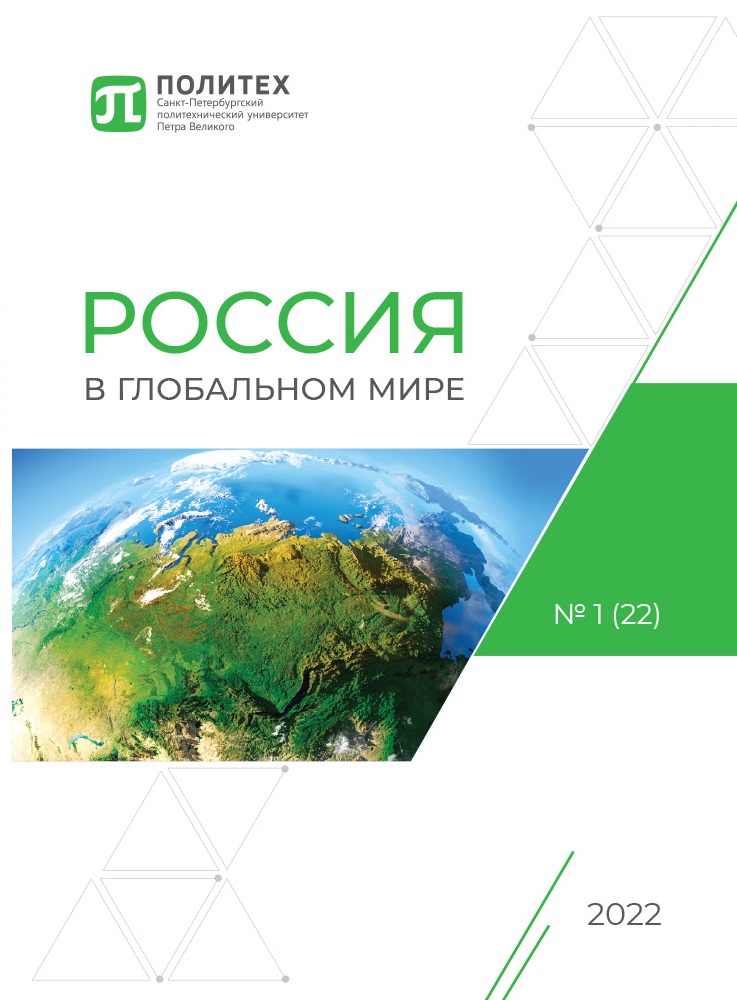Parallels in Visual and Folklore Texts Kolyma Yukaghirs and Their Ancestors
The ancient Ural-speaking tribes of Eastern Siberia - the supposed ancestors of the Yukaghirs – in the Neolithic, Bronze, Early Iron Age and Middle Ages adopted many foreign ethnic components, the presence of which is revealed in different subsystems of traditional Yukaghir culture. Questions of the initial territorial settlement of this now small hunting people, tools, mythology and folklore, ancestral roots are relevant in studies of modern indigenous peoples of the North. The article analyzes carved decorations and the shape of a bone plate from the Ymyyakhtakh Late Neolithic Rodinka women's burial in the lower Kolyma (Ymyyakhtakh archaeological culture, Late Neolithic). Individual ancient introduced elements are considered, using the example of Yukaghir (Odul) women's pictographic letters on birchbark and late folklore and mythological text. Semantic connections and chains of variability between individual narratives of different historical eras are determined. Comparisons of texts with very distant chronologies and methods of presenting information (visual and folklore-mythological) made it possible to identify hypothetical common elements in natural philosophical views on the reincarnating soul/shadow of a deceased person among those who came, probably from Primorye to the Kolyma tundra in the late Neolithic of a foreign ethnic group. A common ideological basis is being recreated, which is very important for ethnogenesis reconstructions, which is based on early philosophical attempts to mythopoetically comprehend the phenomenon of the circulation of the undying human soul. The author relies on methodologies developed in the works of foreign and domestic scientists. Some hypothetical assumptions are made that can be considered and clarified in the course of further research.


